We left him alone. I think New Yorkers have the right idea about how to encounter celebrities around town. Leave them alone. They’re just trying to pick up their dry cleaning or buy milk or drop their kids at school or go to a show like anybody else. Begley, Jr. and the attractive woman with him (wife or daughter, presumably) exited the Red Line at Hollywood and Highland, where there is a shuttle to the Hollywood Bowl, probably their ultimate destination.
Startling as it was to see him in person, it was no mystery why Begley, Jr. would ride the Red Line to the Hollywood Bowl. His commitment to ecologically sound ways of living are as legendary—maybe more legendary, these days—than his acting roles. Begley, Jr. was “green” long before many other celebrities, politicians, and regular Janes and Joes jumped on the bandwagon. He is earnestly green, but he can be good-natured about it, too—witness how he gamely parodied his environmental zealousness when he appeared “The Simpsons” episode “Home to the Max” in 1999.
What is truly impressive about Begley, Jr.’s green creed is that he practices what he preaches. The actor has no need--no need—to take a subway train and shuttle to the Hollywood Bowl. He could certainly afford to drive to the Hollywood Bowl and park there. He could sooth his conscience about using an individual car by driving an electric or hybrid vehicle. Heck, Begley, Jr. could hire a limo if he wanted, and be dropped off and picked up at the Bowl. In fact, Begley, Jr. probably could hire a helicopter to fly him over the Bowl, and former Seal Team Six bodyguards to tandem-parachute him and his companion onto the Hollywood Bowl stage. Begley, Jr. has plenty of resources. That’s what I’m saying.
The point is, even though he could afford it a thousand times over, Begley, Jr. doesn’t want to put another car—even an electric or hybrid car—on the road. Or a limo. Or a helicopter in the sky. Why do so when he and his companion can use public transportation and the power of their own legs and feet—it’s called “walking”— to get where they need to go?
As I sat at the end of the train car, watching Begley, Jr. talk quietly with his companion, I was pretty darn impressed. This guy really, truly, literally “walks the walk”. When he says we should try to leave small carbon footprints on the planet, he leads by example. His restrained lifestyle creates small carbon footprints, but when it comes to being a responsible steward of the planet, he establishes awfully large footprints for the rest of us to fill.
Especially remarkable is his willingness to “be green” where no paparazzi lurk to capture the moment. For I promise you, no paparazzi frequent the subterranean carnival that is the Red Line. Begley, Jr. will never find publicity ops in these man-made caves. In 2013 I published a YA novel about children who find magical portals in Downtown LA, portals that lead to strange and magical landscapes. The Red Line is itself its own strange and magical landscape, garish and toothy, pungent and unpredictable, its denizens often seeming to have materialized from otherworldly realms.
For Ed Begley, Jr. to descend into this underworld cavalcade of business people and tourists, mothers with strollers, elderly persons, the clearly suffering homeless and the clearly dangerous cons and junkies, this fun-house mirror of the upper world, with urine pooling in the elevators, emaciated buskers twanging battered guitars with missing strings in hopes of begging a dime or quarter, and disturbed individuals chattering—sometimes shouting or shrieking—while tourists and the mentally stable passengers gaze hard at their books and smart phones and try to shut out the chaos enveloping them … For Begley, Jr. to willingly submerge himself and his be-gowned companion in this surreal landscape when he could nosh canapés in a limo or helicopter, that is a true commitment to a green life.
When a celebrity of Begley, Jr.’s stature walks and takes public transportation even when it is not necessarily comfortable or pleasant, he is engaging in a bit of disruption. Environmental disruption. Green disruption. Seeing him on a subway train jolts us out of our ingrained patterns and routines. He is making a point, quietly but powerfully. If a star of his caliber and resources can be that conscientious about how his actions affect the planet, if he can make sacrifices so the world will be a better place for future generations, then what can we do?
If a celebrity can endure the volatile lunacy of the subway to keep a vehicle off the road, maybe we can start turning off lights in unused rooms. Turning off the faucet when we brush our teeth. Walking to the corner store instead of automatically leaping into our vehicles for a two-block drive. Separating our plastics from our bio-trash. Recycling. Composting. And that other green stuff. Because the smaller we make our footprints, the more we fill Begley, Jr.’s large shoes.
[Leslie Le Mon is the author of fantasy novel Sircus of Impossible Magicks: Chosen and the Downtown Los Angeles in Photographs collections, available at Amazon.com and BarnesandNoble.com.]
#Environmentalstewardship #EdBegleyJr #GreenDisruption #LosAngeles #leslemonauthor
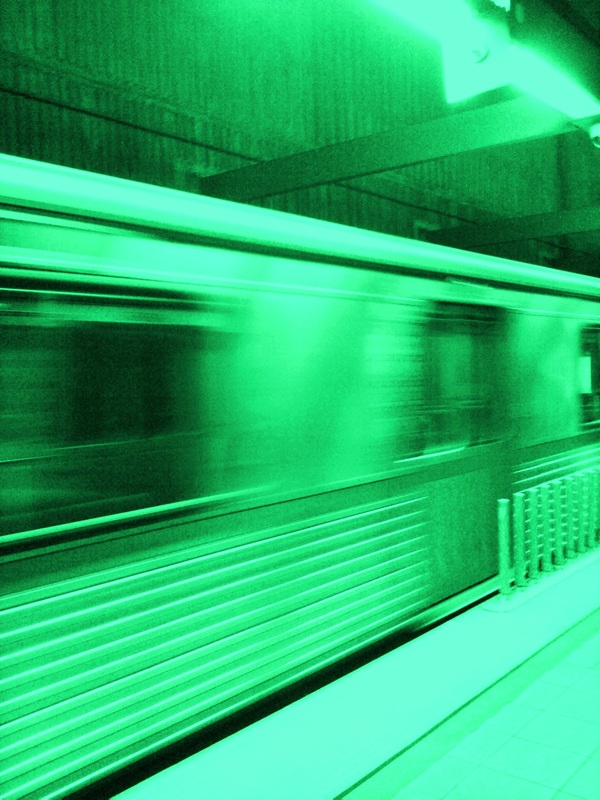
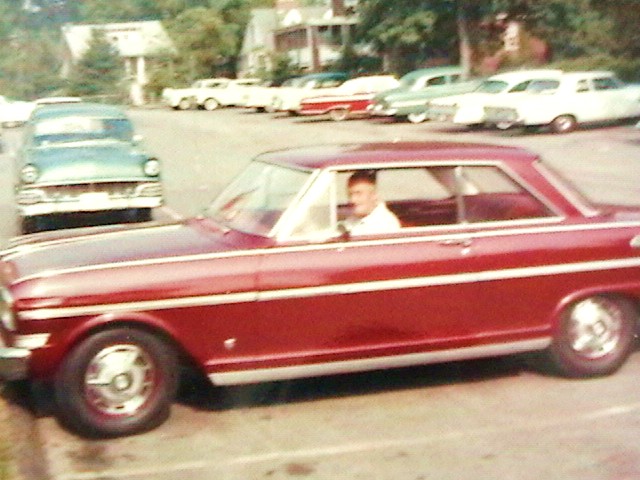
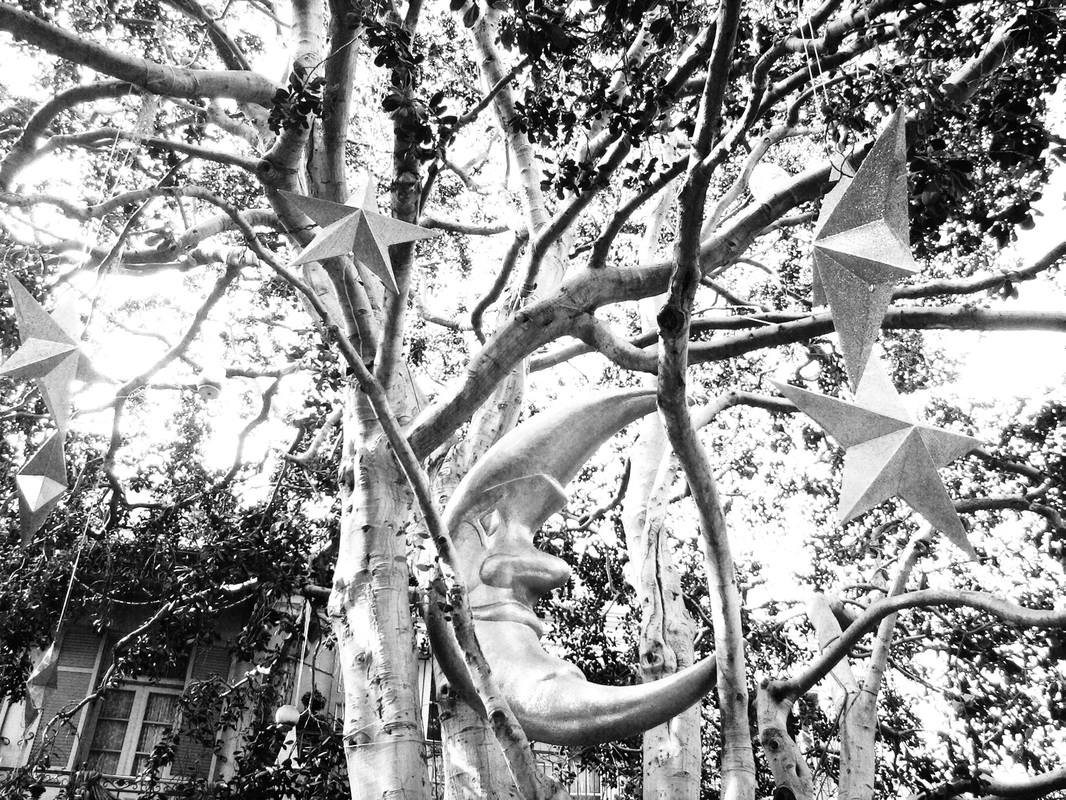
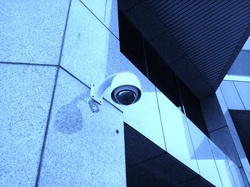
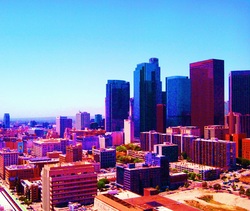
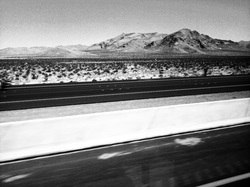
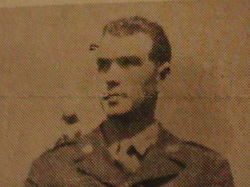
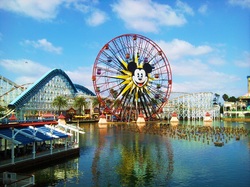
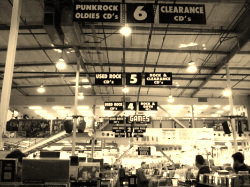
 RSS Feed
RSS Feed
